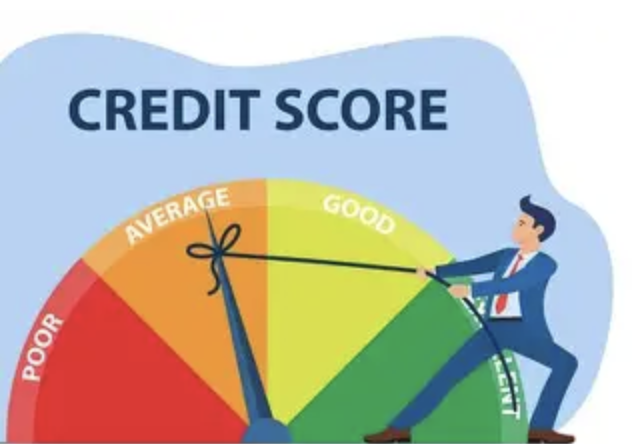Women’s Guide to True Financial Independence
For women with high incomes, being financially independent involves more than just accumulating savings; it’s about establishing a flexible and strong structure that considers individual life phases and aspirations. This concept goes beyond simple budgeting to cultivate wealth that reflects your priorities, whether they include taking career breaks or creating a legacy.
Navigate Career Interruptions Proactively
Whenever you take breaks from your career for caring responsibilities or personal development, it's vital to have financial safety nets in place. Create “bridge funds” linked to stable, short-term investments that can cover expenses for a span of 12 to 18 months. Additionally, incorporate income-protection mechanisms like freelance agreements to avoid tapping into long-term savings.

Align Assets with Lifestyle Goals
Transition from generic investment portfolios to “priority-focused investing.” If you're planning to start a business in the future, designate some resources to easily accessible assets; if your goal is to retire early, prioritize investments that provide dividends. This strategy guarantees that your funds are actively contributing towards your goals instead of merely chasing market returns.
For individuals with considerable wealth, this strategy transforms abstract investment portfolios into tools that facilitate life objectives. For instance, a parent who aims for their child to attend an elite university in the next decade might combine short-term Treasury bills to cover immediate tuition costs with growth-targeted private equity for funding future financial needs. Rather than relying on standardized investment strategies, priority-focused investing allows you to allocate assets according to their significance and timeline—ensuring that you do not have to forgo aspirations (like establishing a nonprofit) in favor of generic market profits.

Safeguard Against Gender Wealth Gaps
Tackle risks associated with longevity and wage disparity through specialized strategies. Make sure you give priority to retirement accounts that allow catch-up contributions following career breaks, and consider gender-neutral life insurance that takes into account longer life spans. These measures help to combat systemic financial inequalities.

This proactive approach is essential for women who aim to create lasting wealth. A professional who returns to work after a caregiving stint can utilize 401(k) catch-up contributions to restore retirement savings that were reduced during their absence, while gender-neutral life insurance prevents women from being penalized for living longer (which is a shortcoming in traditional insurances). Combining these options with ESG-focused investments that bolster gender-equitable enterprises not only adds meaningful purpose but also enhances portfolio stability, converting systemic disparities into chances for more secure wealth accumulation.
Simplify Wealth Management for Busy Lives
Utilize tools that are compatible with your lifestyle. Engage AI-driven platforms to automate processes like tax-loss harvesting and portfolio adjustments, while also partnering with a female-centered financial advisor who comprehends your specific hurdles. This achieves a balance between efficiency and understanding.
Plan Legacy Beyond Inheritance
Formulate a legacy plan that embodies your values. Consider establishing donor-advised funds for charitable causes that resonate with you or creating trusts to finance your children’s education and your own retirement. This strategy ensures that your wealth influences future generations without compromising your autonomy.
True financial independence implies that your finances evolve with you—supporting your choices, mitigating risks, and advancing in harmony with your identity. It encompasses more than just figures; it embodies the essence of freedom.
(Writer:Juliy)





